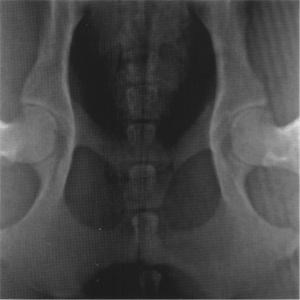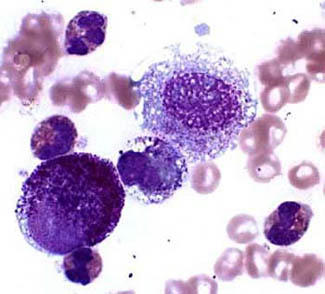 Heart murmurs are quite common in older dogs, especially in small breeds. They are due to problems with the valves between the chambers of the heart.
Heart murmurs are quite common in older dogs, especially in small breeds. They are due to problems with the valves between the chambers of the heart.
When we first hear a heart murmur at the annual checkup there may be no obvious signs of heart disease. Many dogs with a heart murmur will continue to lead a normal life for years and need no treatment.
As the heart deteriorates they develop congestive heart failure (CHF). When this occurs, medication and lifestyle changes help us manage the disease. Treatment must begin at the very first sign of CHF.
What is a Heart Murmur?
Valves within the heart open to allow the heart chamber to fill, then close to form a seal against back flow as the heart contracts. This ensures that all blood moves forward to supply the body with oxygen and nutrients.
We hear a heart murmur when these valves don’t close properly. Blood leaks “backwards” when the heart contracts. The murmur is heard with a stethoscope and is the noise made by the blood rushing back through the damaged valves, as the heart contracts.
The valve defect is usually due to a slight change in the shape of the valves. The cause of this in most cases is unknown, although there may be a hereditary component.
Eventually, as the backflow of blood increases, the heart has to work harder to ensure enough blood reaches the body. As the disease worsens inadequate blood reaches the vital organs and the dog cannot maintain a normal, active life.
How do I know when it’s time to begin treatment?
All cases of valvular disease eventually progress and require treatment. Treatment begins when we notice any of these signs:
| Early Signs; | Advanced Signs; |
| Coughing (usually a hacking cough) | Pale gums |
| Shortness of breath, panting a lot | Pot belly |
| Less willing to walk or play; stop midway | Extreme reluctance to exercise |
| Loss of alertness | Difficulty breathing |
| Reduced appetite | Fainting |
| Weight loss |
Contact us immediately if your dog is showing any of these signs. Some of the signs may be related to other issues, but in most dogs with a heart murmur these signs indicate that heart medications are necessary.
A chest X-ray or an ultrasound help us assess the extent of the heart failure and lung congestion.
Treatment Options
The first tier of treatment is a diuretic, or fluid pill, to reduce the fluid build-up in the lungs. Frusemide is often the first choice. Other medications such as an ACE inhibitor to reduce blood pressure or Vetmedin to improve heart efficiency are added in depending on the individual. A special reduced salt diet and a tailored exercise regime also benefit most dogs.
Congestive heart failure is not curable, but we maintain most dogs’ quality of life on a combination of these medications.



 Mast Cell Tumours are aggressive skin cancers and common in dogs. They can look like anything: a patch of dry skin, a raised red itchy area, a wart or a lump.
Mast Cell Tumours are aggressive skin cancers and common in dogs. They can look like anything: a patch of dry skin, a raised red itchy area, a wart or a lump.